What do you do when survival is not guaranteed?
You’re lost, stranded, injured miles from civilization—if you even know what direction civilization is. Chances are you haven’t taken a survival course, and all you’ve got to fall back on are your wits and fragments of received wisdom that you’ve gleaned from TV, movies and maybe a magazine article or two.
The sun’s going down, and your stomach starts growling, and you think, “Maybe I should find some berries for dinner”—you’re pretty sure you know which ones are edible. Or it’s been a couple days and you remember an episode of Man vs. Wild where Bear Grylls chows down on a raw grub and think “I might just be hungry enough…”
Or, say you’ve hiked to the bottom of a canyon and realize you don’t know how to get out and your water’s running low. “I should make this last,” you think before your mind turns to an old John Wayne movie where he squeezes clear liquid from the pulp of a barrel cactus.
Ask a survival expert, though, and he or she will likely tell you none of these things is a good idea.
For just about any survival situation, there’s a wealth of knowledge out there, and a lot of it’s bad. Often things aren’t helped by the burgeoning number of survival reality shows, which are designed to entertain rather than to educate.
“I’ve worked on these reality shows,” says Tony Nester, an expert on desert survival and head of Ancient Pathways, an outdoor survival and bushcraft school based in Flagstaff, Arizona. “They’re heavily scripted and there’s always a support crew within twenty feet, twenty-four seven.”
As a teacher, Nester constantly finds himself correcting his student’s misconceptions about what do in survival situations. For example, students often come to his survival courses and want to learn right away how to make fire by rubbing sticks together.
“Hey, there’s no greater joy than sitting next to a fire that you made the old way,” says Nester. “But that’s not what I want to do when I have an injured shoulder and the sun’s going down and it’s getting cold.”
One of Nester’s favorite examples is the solar still, a device one can make—given the right materials—to collect and distill water. Grylls once made one on his show to demonstrate desert survival, and students ask Nester how to do it themselves. Nester teaches his students the method’s fatal flaw by having them make their own. (Hint: digging a hole in desert heat is no easy task.)
Nester emphasizes that there’s a difference between “survival”—living long enough to be rescued—and “bushcraft”—the art of living outdoors—which people often miss, or are unaware of.
People get hung up on the idea of the survival hero, he says, and don’t realize that most survival situations are much more mundane.
“80 percent of people who get lost in the U.S. and North America are day hikers. They have a mentality, when they’re at home, they think ‘I’ll just go for a day hike or mountain bike. I’m only going for two hours—what’s the worst that can happen?’”
Tim Smith, the founder of Jack Mountain Bushcraft School in the Maine North Woods, is also quick to teach his students this distinction.
“Survival is very romanticized,” says Smith. “It’s not about being the toughest or most experienced; it’s about keeping out of those situations.”
Survival, according to Nester, Smith and Shane Hobel of Mountain Scout Survival School in upstate New York, is a matter of getting your priorities straight. (Shelter, water, and a clear mind are at the top of your list, by the way.)
We asked them to share some of the most persistent survival myths they encounter, and their corrections.
1. MYTH: Finding food is your top priority
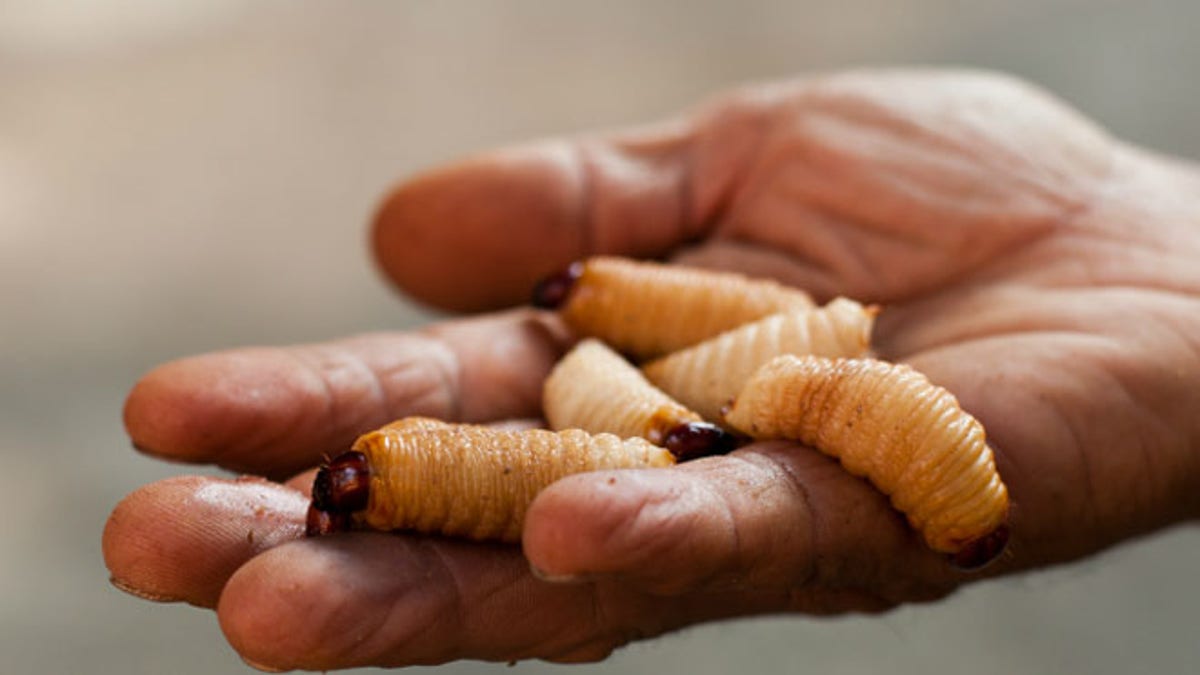
(iStock)
“The single biggest myth that you see is that classic scenario on reality shows and in movies: someone’s lost somewhere and the first thing people do is start looking for food,” says Tim Smith of Jack Mountain Bushcraft School. Thanks to shows like Survivor and Man vs. Wild, many people think “survival” means foraging for dinner and eating grubs.
2. REALITY: Something else will get you first
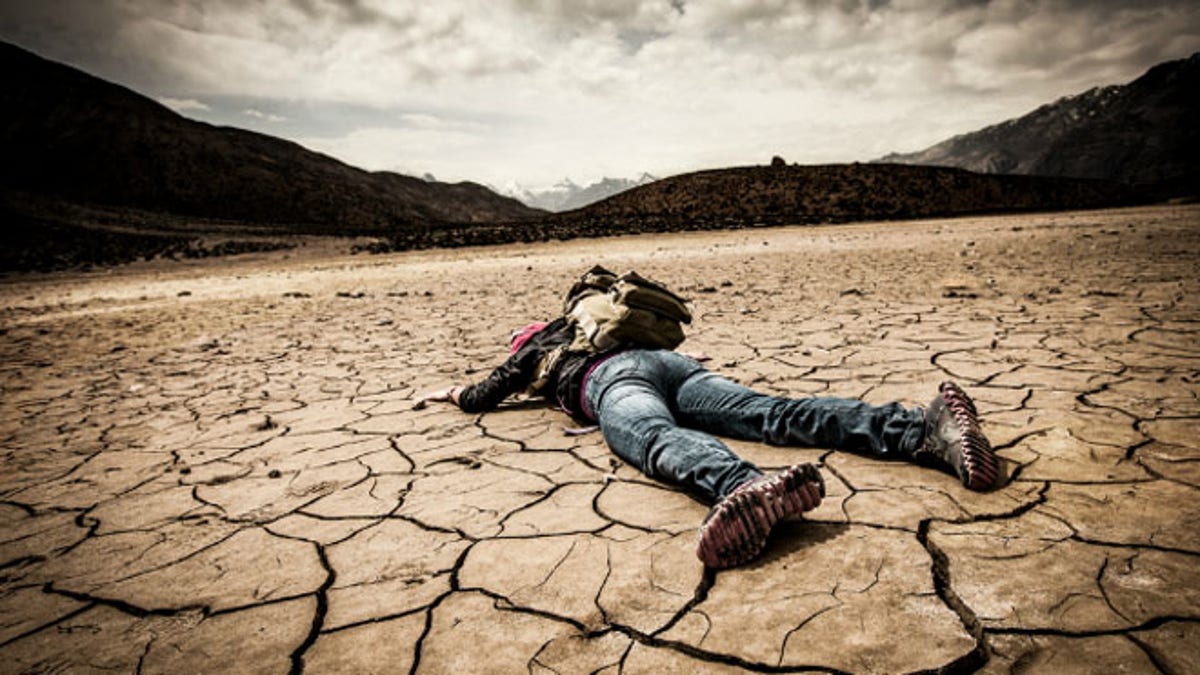
(iStock)
“People on TV always try to hunt and fish and snare food, but human physiology simply does not require it,” says Smith. “You can live for a long time without eating anything—up to six weeks. The average episode where people are lost is between two days and four days. In a short-term situation, the things that’ll kill you will be getting too cold—hypothermia—not drinking water and not getting enough rest to stay rational. If you take care of these things, you should be okay for 40 days.”
3. MYTH: Your field guide makes you an expert on wild plants and mushrooms
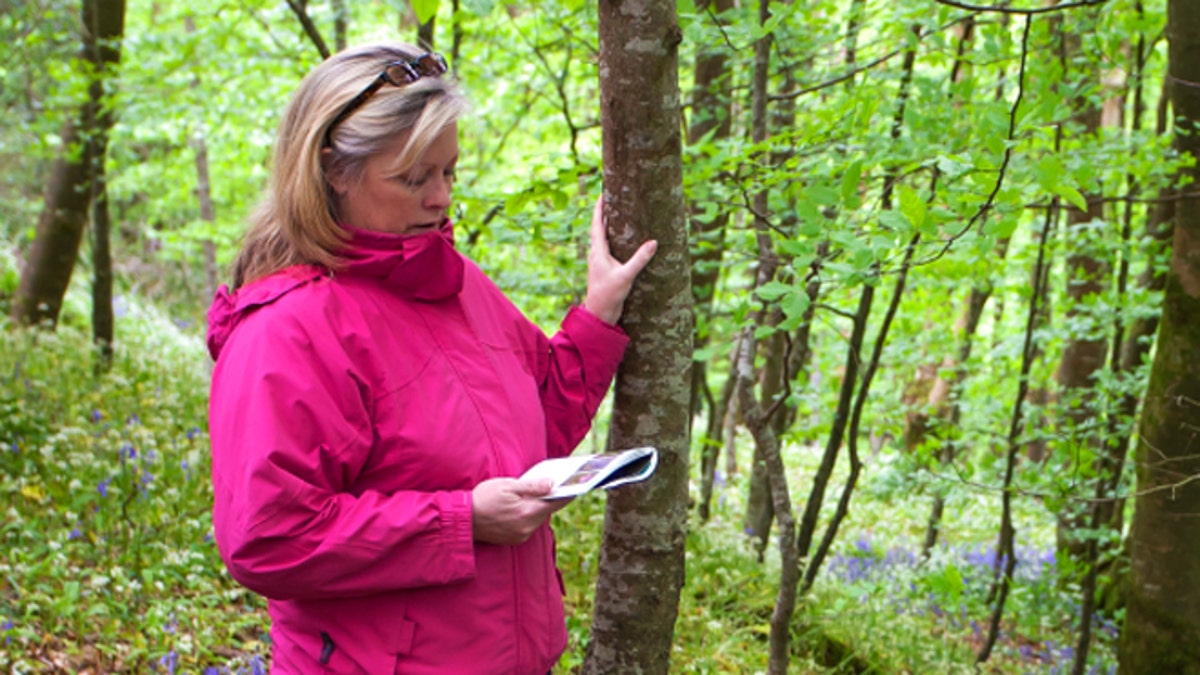
Attractive lady in pink jacket reads a field guide in beautiful woodland carpeted with bluebell wildflowers. (iStock)
Food may not be your top priority, but you’re still hungry. Maybe that field guide on edible plants and mushrooms will come in handy, you think. Think again, says Smith. “What stupid people do is get a book on edible plants and make the plant in front of them fit the description in the book.” This is just wishful thinking, though: “People die every year doing that with mushrooms.”
4. REALITY: False confidence can kill you
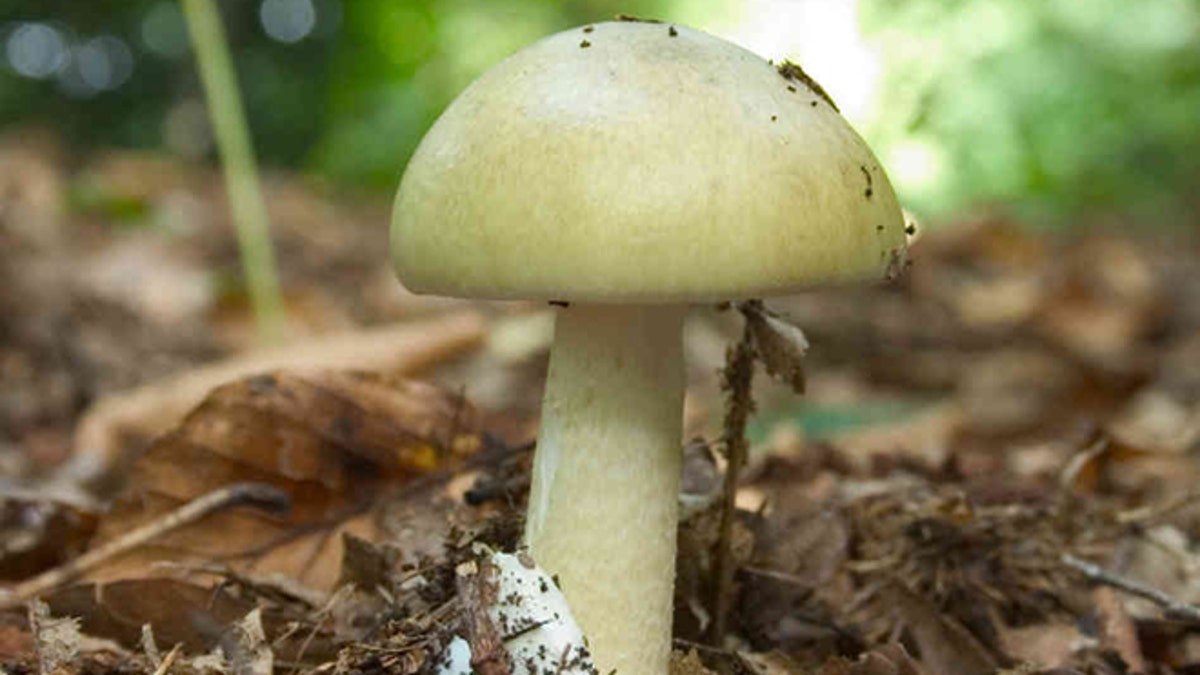
(iStock)
“If you aren’t objectively identifying what’s in front of you, unless somebody knows what something is, don’t eat it!” says Smith. “In any short-term situation, it’s not not going to keep you alive if you don’t eat it, but it might kill you if you do.”
5. MYTH: Shelter means having a roof over your head
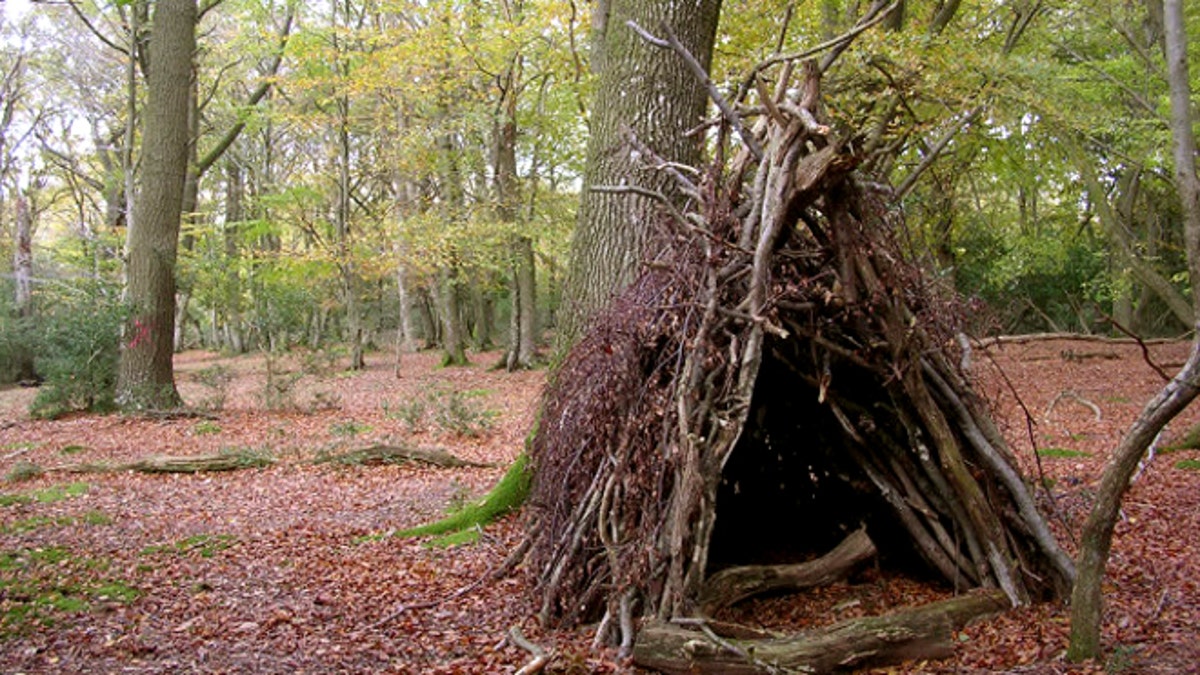
(The Active Times/Jim Champion)
If food isn’t your top priority, then maybe you should be gathering wood to build that lean-to shelter you’ve seen people build on TV, right? Wrong. “The average person’s idea of shelter is about having a roof over your head,” says Smith. “That’s completely erroneous.”
6. REALITY: It’s the ground, stupid
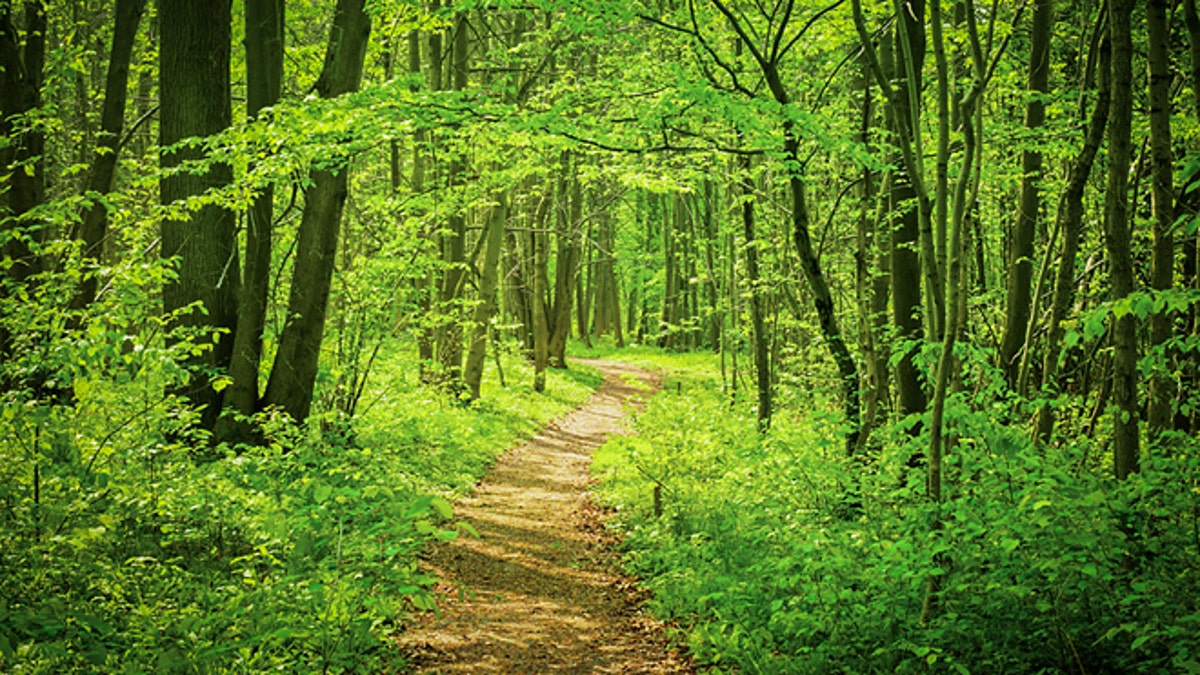
(iStock)
“It’s better to have a bed and no roof than a roof and no bed,” Smith says. “An inexperienced person spends 10 hours building a roof and freezing to death on the cold ground. A smart person spends their time building a bed to insulate them from the cold ground, and getting to the roof if they have time.”
7. MYTH: You can spark a fire by friction if you’re persistent enough

(iStock)
“This [is] a specific reference to making fire by friction (such as the bow drill), but it is applicable to any fire making technique in bad weather,” says Smith. “In the movies, the star doesn't get the fire... at first, but through dogged persistence and the refusal to give up, he eventually triumphs and gets the fire going.”
8. REALITY: Building a fire takes skill and the right materials
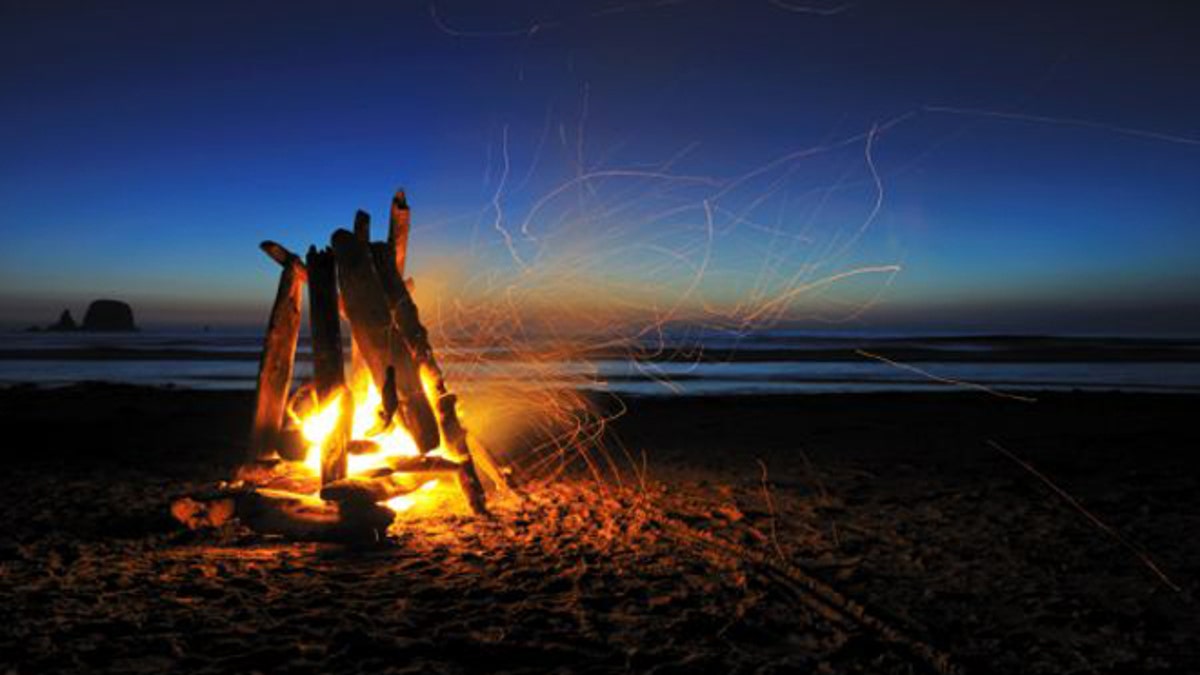
(iStock)
“In the real world, it doesn't work that way,” says Smith. “You have to have good or near perfect materials, and everything has to be dry. In the real world people work and work and work and then they die. There’s an old saying among woodsmen: ‘When the weather’s nice, a toddler can light a fire.’ But when the weather’s been miserable, it takes a lot of experience to pull it off.”
9. MYTH: Lighting a fire using only friction is hard

(The Active Times/120)
The image of our movie hero sweating away while rubbing those sticks together cuts the other way, too: lighting a fire by friction looks like an incredibly difficult skill that’s hard to master. And it is hard—if you don’t have the skills or materials handy. That’s part of the fascination viewers have with TV survivalists who can get a fire going with so-called primitive methods.
10. REALITY: Practice and the right tools can make anyone a friction fire whiz
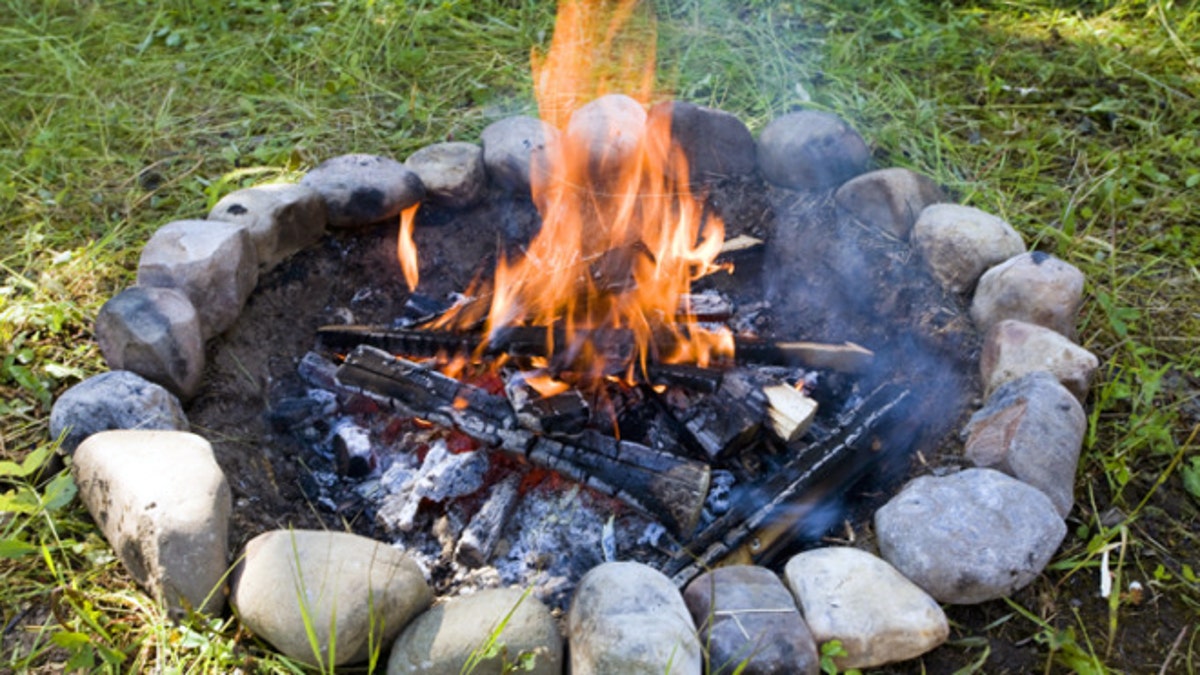
(iStock)
Shane Hobel, the founder of Mountain Scout Survival School in upstate New York, chafes at this presentation. “If the kit is made, you’re good to go,” he says. “It can take 15 to 20 seconds. Maybe a minute if there’s a little extra moisture.” The key is learning the skills and practicing. There are tricks of the trade to make the process easier, too, like carrying a tin of cotton balls soaked in vaseline as emergency firestarters.
11. MYTH: You can suck the poison out of a snakebite

(iStock)
Survival expert Tony Nester of Arizona’s Ancient Pathways school weighs in: “The problem with the ‘John Wayne cut-and-suck’ method is that you’ve already got a wound. If you weren’t envenomated, and you have somebody sucking on your wound, then they’re adding bacteria and all the nastiness from their mouth into the wound, risking infection. Also, when snakes bite, they do inject venom into the wound. But they also, in extracting their fangs, get venom on the surface of your skin. If you suck the venom into your mouth, it’ll burn up your trachea and your windpipe, and could even damage your stomach. Now you have that to contend with, in addition to the original bite wound.”
12. REALITY: If a snake bites you, get to a hospital
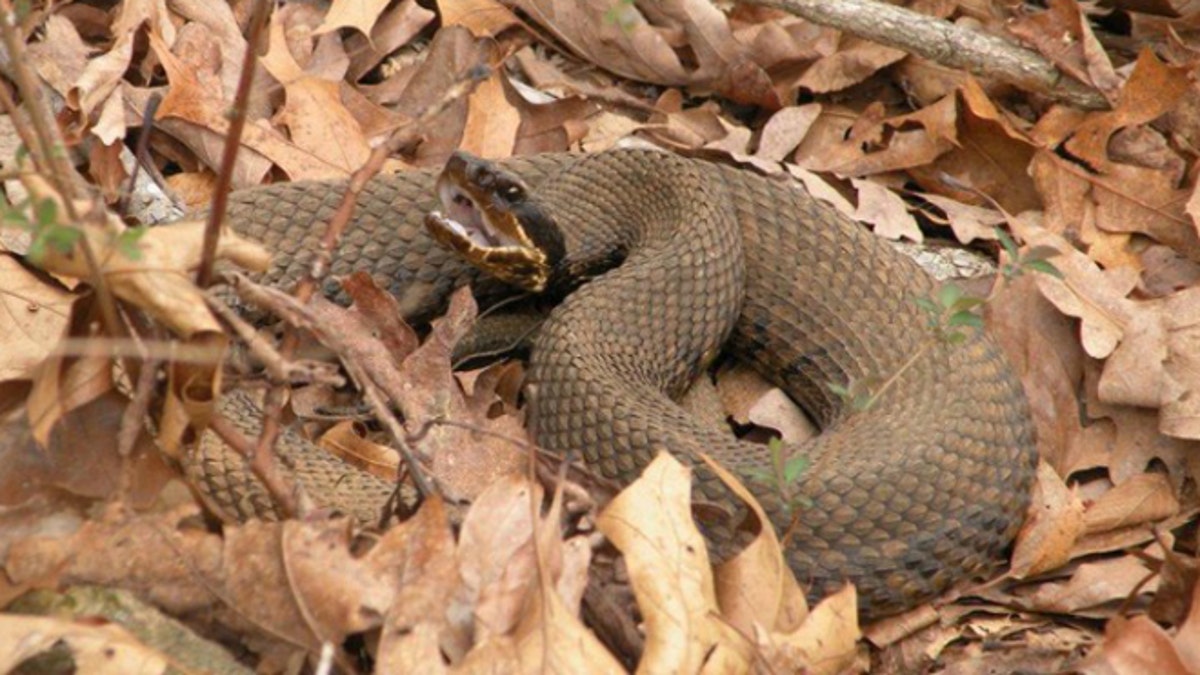
(iStock)
“If you are bitten, you’ve got about a one- to two-hour window to get to the hospital before you start feeling a large-scale, systemic impact,” says Nester. “The best thing to do is just rinse off the wound, stay calm and slowly walk back to your vehicle or call for help to get to the hospital. Once there, you’ll probably be given some doses of antivenom, they’ll monitor you and take it from there.”
See all 13 survival myths at The Active Times
More from The Active Times
The Best Adventure Vehicles of 2013
Sweat-Tested: The Best Antiperspirant Deodorants
5 Ways to Buy Used Outdoor Gear
